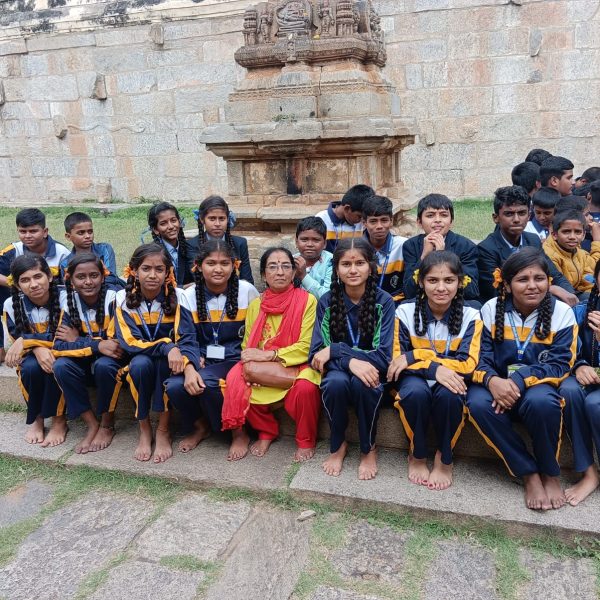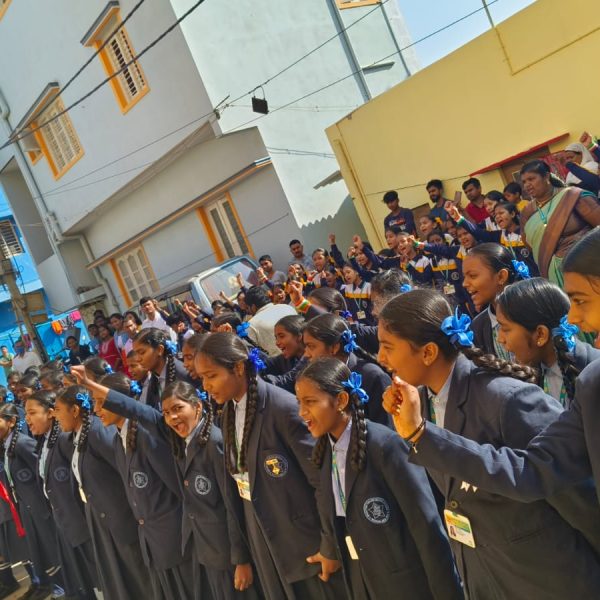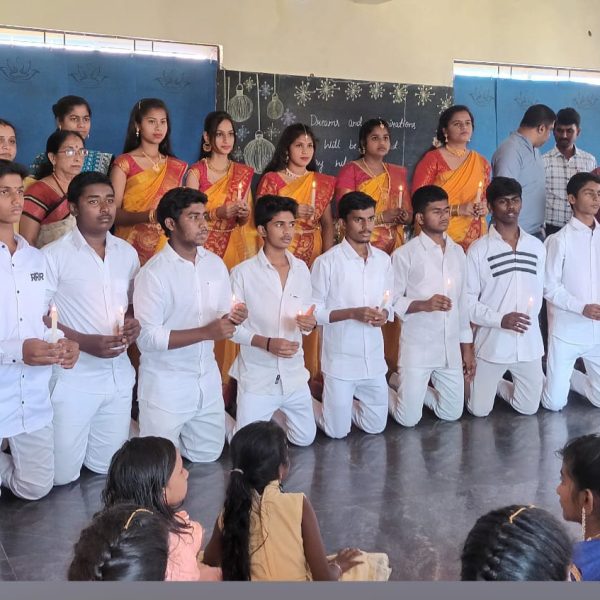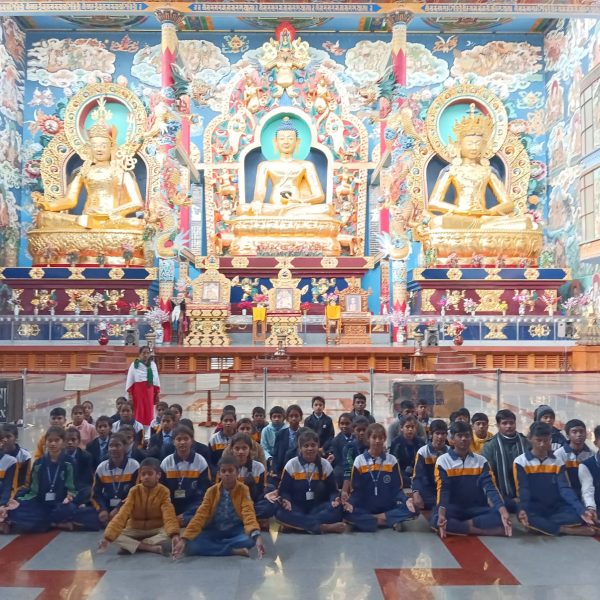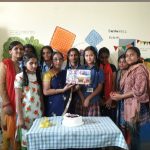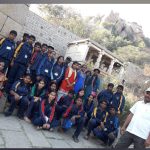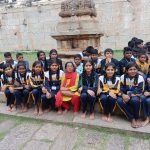Best School For 10th Standard
Learning is made interesting, fun and activity oriented at this level.
For young children, opportunities are available to observe, handle a variety of natural and man-made material and hone their inherent virtue of questioning and sharing.
Students are encouraged to participate in class activities as singing, drawing and colouring, writing, group games, clay modeling, puzzles and recitation.
Poems and stories are dramatized using expressive actions.
Focus is on laying foundation for literacy, numeracy & comprehension skills and on reinforcing an innate sense of discovery in everything that is taught.
Nature walks and regular educational tours to the Zoos, Museums and Game Parks develop a sense of openness towards the world.
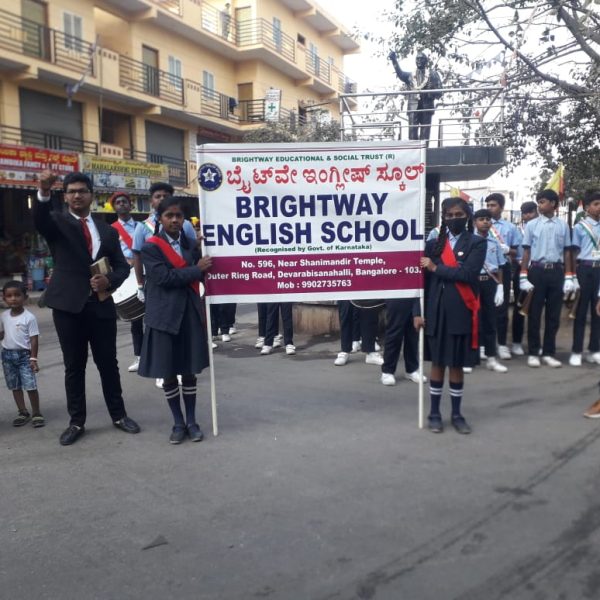
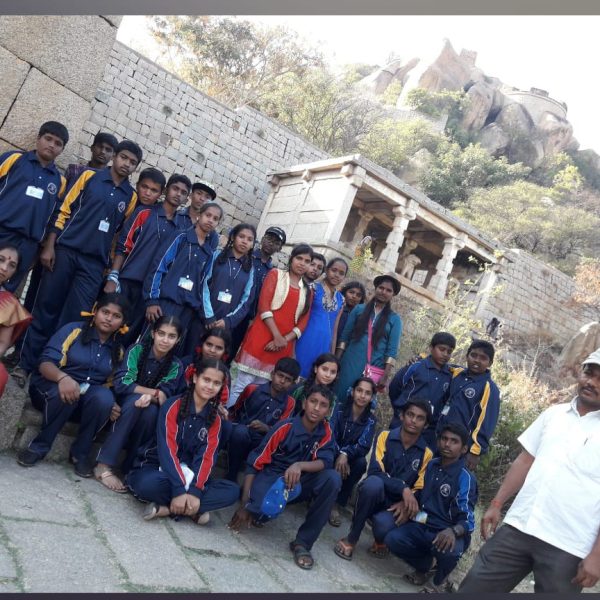
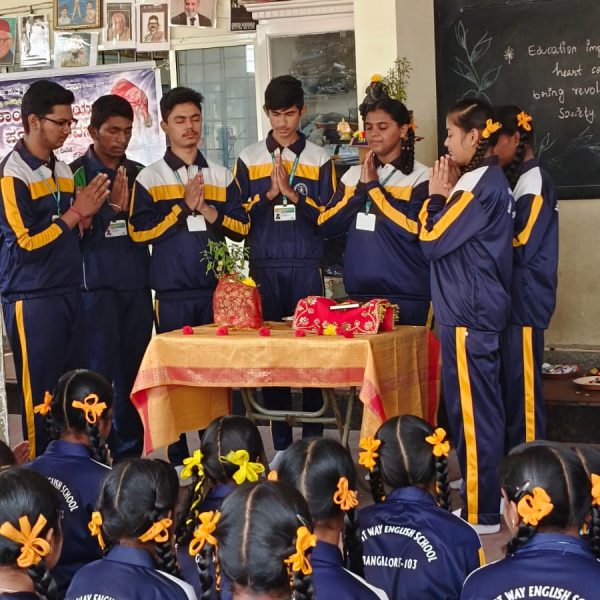
Bright Way English School Offers 100% result on 10 standard. Bright way English School is one of the most prominent education boards in India, offering a standardized curriculum followed by schools nationwide. Bangalore, a hub for education, provides a plethora of excellent school catering to various student needs.
Clear Learning Objectives: Content should have clearly defined learning objectives or goals. Students need to know what they are expected to learn or achieve by engaging with the material.
Relevance: Content should be relevant to students’ lives, interests, and the real world. When students see the relevance of what they’re learning, they are more likely to be engaged and motivated.
Accuracy and Depth: Educational content should be accurate, up-to-date, and provide sufficient depth to cover the topic comprehensively. This ensures students are learning correct information and developing a strong foundation of knowledge.
Engaging Multimedia: Incorporating multimedia elements such as videos, images, animations, and interactive simulations can enhance engagement and understanding. Different media types cater to various learning styles.
Accessibility: Content should be accessible to all students, including those with disabilities. This means ensuring compatibility with screen readers, providing alternative text for images, and adhering to accessibility standards.
Interactivity: Interactive elements such as quizzes, polls, and activities encourage active learning. They allow students to apply what they’ve learned, receive immediate feedback, and stay engaged throughout the learning process.
Variety of Formats: Offering content in various formats (text, audio, video) accommodates diverse learning preferences. Some students may prefer reading, while others learn better through listening or watching.
Real-World Examples and Applications: Connecting theoretical concepts to real-world examples and applications helps students understand the relevance and practicality of what they’re learning. This promotes deeper understanding and retention.
Scaffolded Learning: Content should be structured in a way that builds upon previous knowledge. Concepts should be introduced gradually, with clear pathways for progression from simple to complex ideas.
Assessment and Feedback: Effective education content includes assessments (quizzes, tests, projects) to gauge student understanding. Prompt and constructive feedback on assessments helps students identify areas for improvement and reinforces learning.
These elements contribute to the creation of education content that is engaging, effective, and conducive to meaningful learning experiences.
